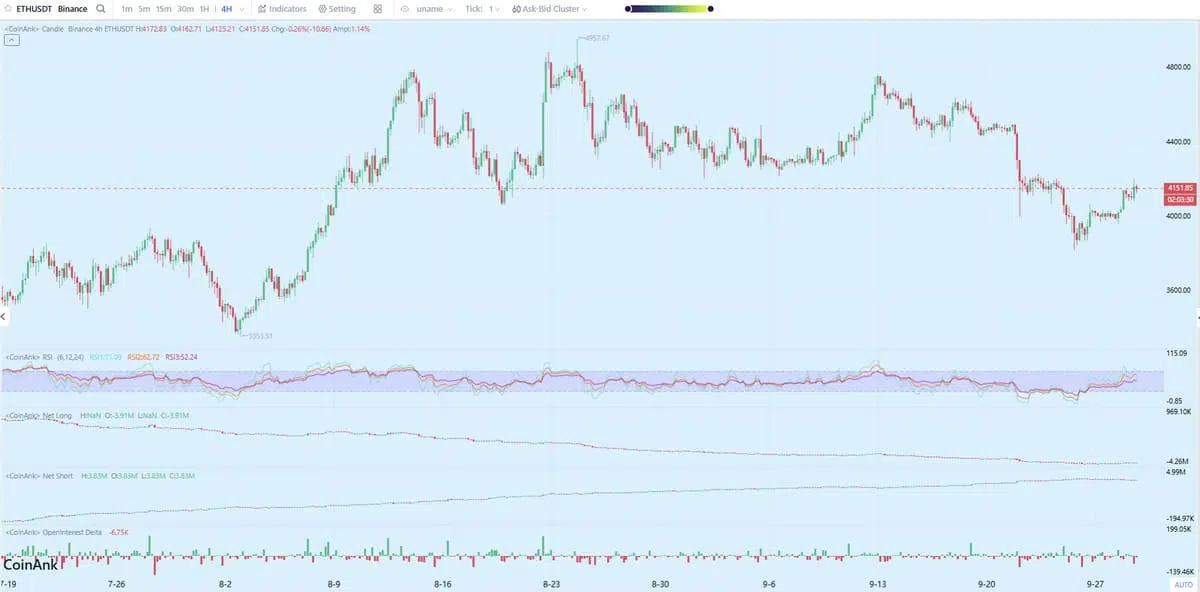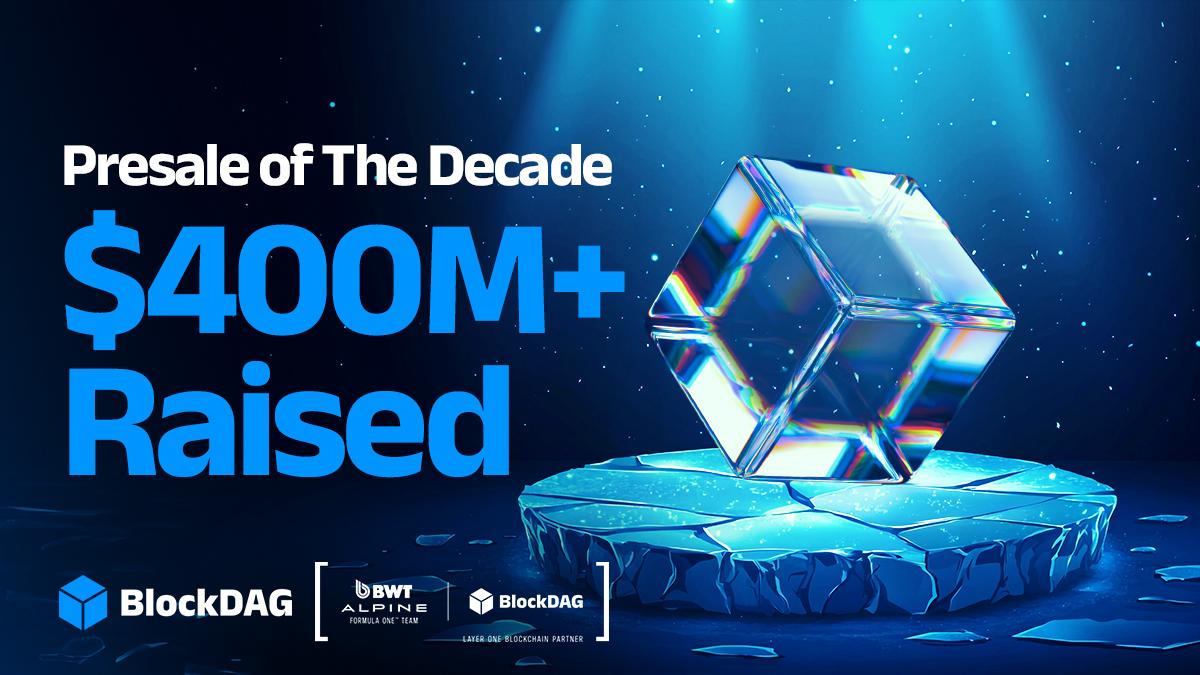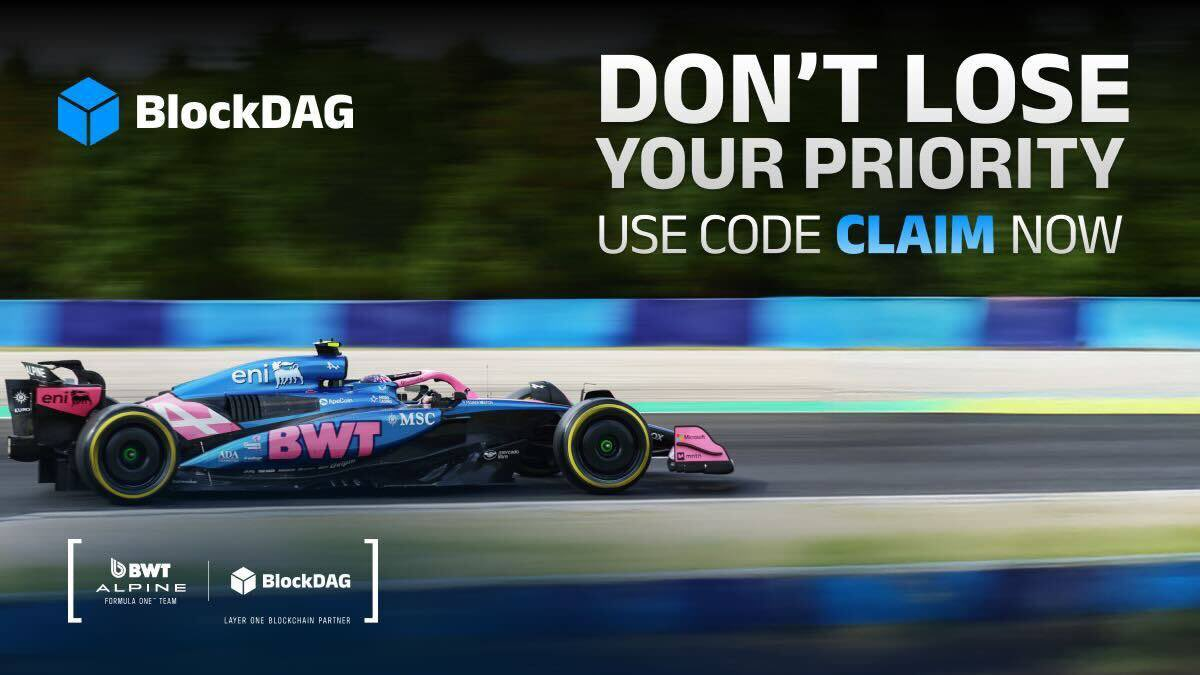As the crypto market matures, investor focus is shifting from hype to delivery. While Ethereum continues to lead in ecosystem depth, Solana is gaining traction for its high-speed performance, and Avalanche quietly pushes forward with scalable architecture.
At the same time, newer contenders like BlockDAG are making waves through real-world visibility and rapid product rollout. In a landscape where execution increasingly matters more than speculation, identifying the best long-term crypto investments means looking beyond promises and toward platforms already demonstrating traction on-chain and off-chain.
Here’s how these four projects compare on delivery, direction, and momentum in 2025.
BlockDAG: Real Utility, Global Visibility, Massive Adoption!
BlockDAG is proving that results speak louder than whitepapers. The project has gone beyond marketing into full utility with a hybrid DAG + PoW architecture, live Testnet IDE, NFT explorer, smart contract support, and a multi-tier mining suite from the mobile X1 to the plug-and-play X100 rig. Now, it’s the Layer One Blockchain Partner of the BWT Alpine Formula 1® Team, bringing real-world exposure to a blockchain that is already shipping products.
Rather than focus on speculative listings, BlockDAG has focused on product rollout, over 20,000 miners shipped, 3 million daily active mobile miners, and a performance-first approach to development.
Genesis Day on November 23, 2025, will feature full-chain demos, fan simulators, and hackathon announcements. With nearly $420 million raised during presale, this isn’t a bet on potential. It’s a bet on what’s already running. For investors seeking the best long-term crypto investments, BlockDAG is showing more progress than most top chains pre-mainnet.
Currently priced at $0.0304 in Batch 31, a limited-time $0.0015 price offer is live with the CLAIM code. Genesis Day, set for November 23, is not just another crypto event; it’s a live showcase of a chain already working, delivering everything from dApps and Testnet tools to a global sport partnership!
Ethereum: Still the Standard, But Fragmentation Persists
Ethereum holds the largest ecosystem in crypto. From DeFi to NFTs to Layer 2 networks, Ethereum’s reach is undeniable. But the cracks are showing. Gas fees remain unstable, and the average transaction on Ethereum still costs significantly more than on newer chains. Layer 2s like Arbitrum, Optimism, and Base are trying to scale the chain, but they’ve also fragmented the developer experience and liquidity landscape.

Developers often need to choose which L2 to build on rather than benefit from a unified experience. This adds friction and slows down innovation. ETH remains a long-term hold for institutional investors, but for those looking at the best L1 tokens 2025, the need for consistent, cheap, and scalable performance is shifting attention to alternatives like BlockDAG that launch with performance in focus, not just post-migration.
Solana: Speed Wins, But Reliability Still a Concern
Solana has captured developer attention with its unmatched TPS and low fees. It has become the chain of choice for many meme coins, NFT platforms, and high-frequency trading applications. However, its history is still under scrutiny. The network has suffered repeated outages over the last two years, raising concerns about its ability to support large-scale applications over time.
Even with this, Solana has rebounded strongly, helped by a loyal community and aggressive ecosystem funding. Yet, the question for investors is whether speed alone is enough. Solana’s strong performance makes it one of the best L1 tokens of 2025, but if uptime issues continue, that title may be short-lived. BlockDAG, in contrast, is prioritizing security and reliability by fusing DAG scalability with Proof-of-Work validation, a combination designed to minimize downtime and maximize trust.
Avalanche: Tech Strength Without Brand Reach
Avalanche offers a technically sound approach to scalability through its subnet model, allowing custom, app-specific blockchains to run in parallel. Its consensus model is also energy-efficient and fast. However, Avalanche continues to operate in relative silence compared to more visible players like Ethereum and Solana.
While its technology is solid, it lacks a major consumer-facing hook. There’s no partnership on the level of BWT Alpine Formula 1® Team, no mainstream moment that would pull in broader users or global headlines.
For a project with DeFi appeal and strong interoperability, it hasn’t yet capitalized on attention. BlockDAG, by contrast, is integrating global fan engagement, gaming, and real-world exposure into its rollout. Genesis Day is not just a celebration but a product launch cycle with developer activations and F1-led marketing.
Which Crypto Should You Buy Now?
For investors looking at the best long-term crypto investments, execution is overtaking expectations. Ethereum will always hold weight, but its gas fee issues persist. Solana delivers speed, but the downtime narrative is still active.
Avalanche has scaling tools, but little mainstream reach. BlockDAG is positioning itself ahead by doing what most projects delay: launching infrastructure before hype. With nearly $420 million raised, 26.5 billion coins sold, and a limited-time offer at $0.0015 BDAG using code CLAIM, the timing is critical.
As Genesis Day approaches on November 23, the project is not asking for belief in a future vision. It’s offering access to a system already proving itself on-chain and on-track. BlockDAG is not just building blockchain; it’s putting it on the global stage, backed by the BWT Alpine Formula 1® Team and a roadmap that delivers.
Disclaimer: This media platform provides the content of this article on an "as-is" basis, without any warranties or representations of any kind, express or implied. We assume no responsibility for any inaccuracies, errors, or omissions. We do not assume any responsibility or liability for the accuracy, content, images, videos, licenses, completeness, legality, or reliability of the information presented herein. Any concerns, complaints, or copyright issues related to this article should be directed to the content provider mentioned above.









